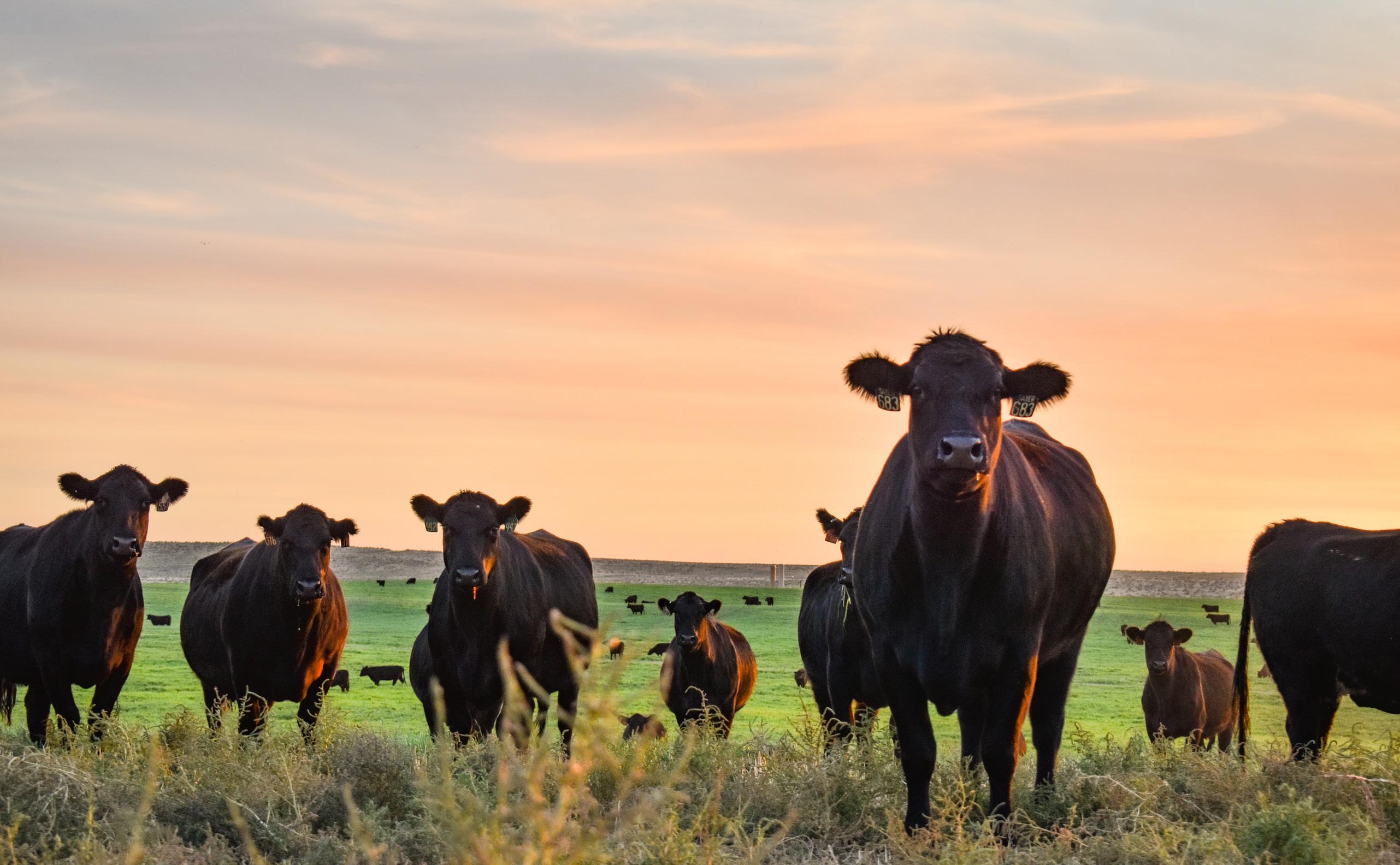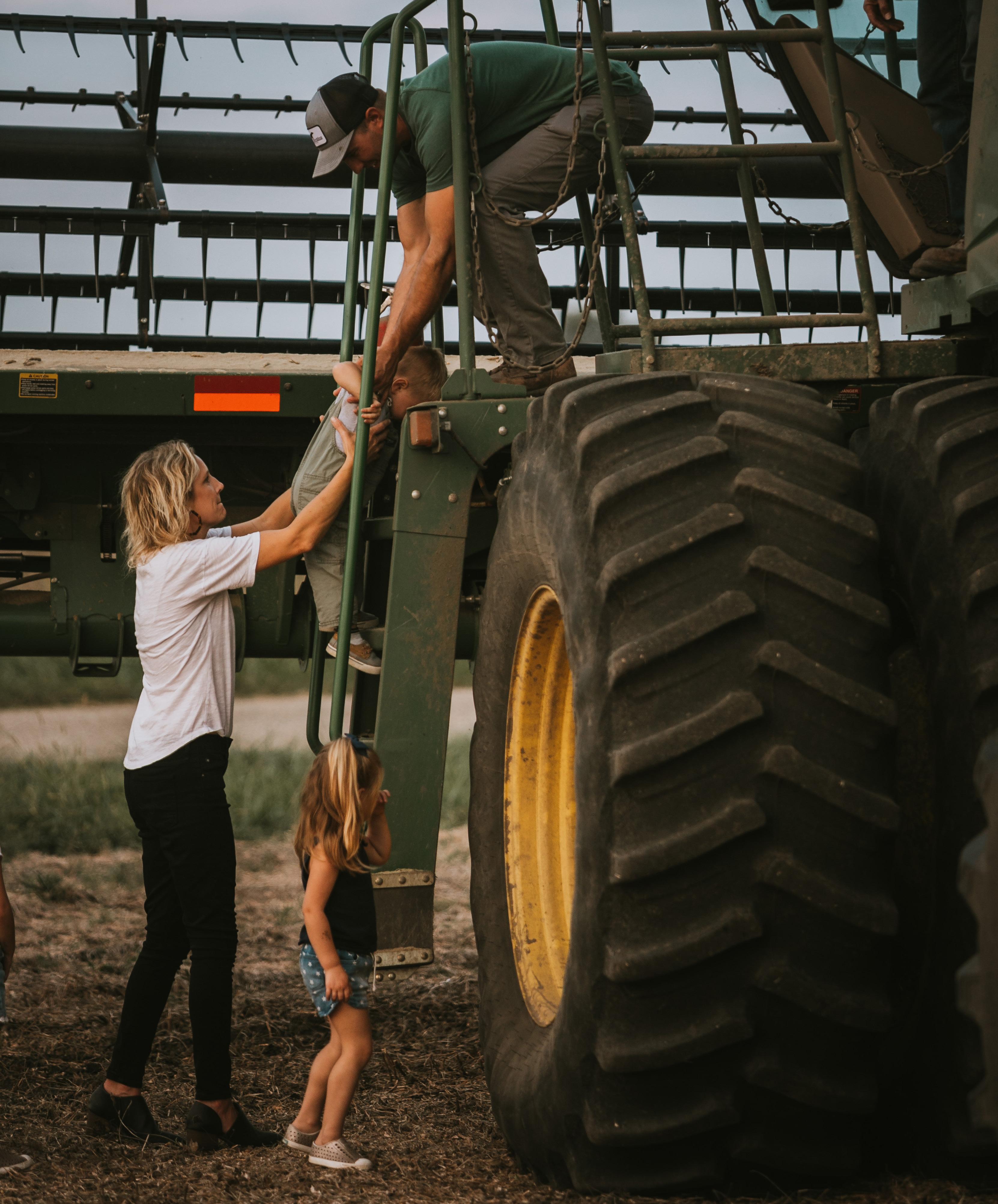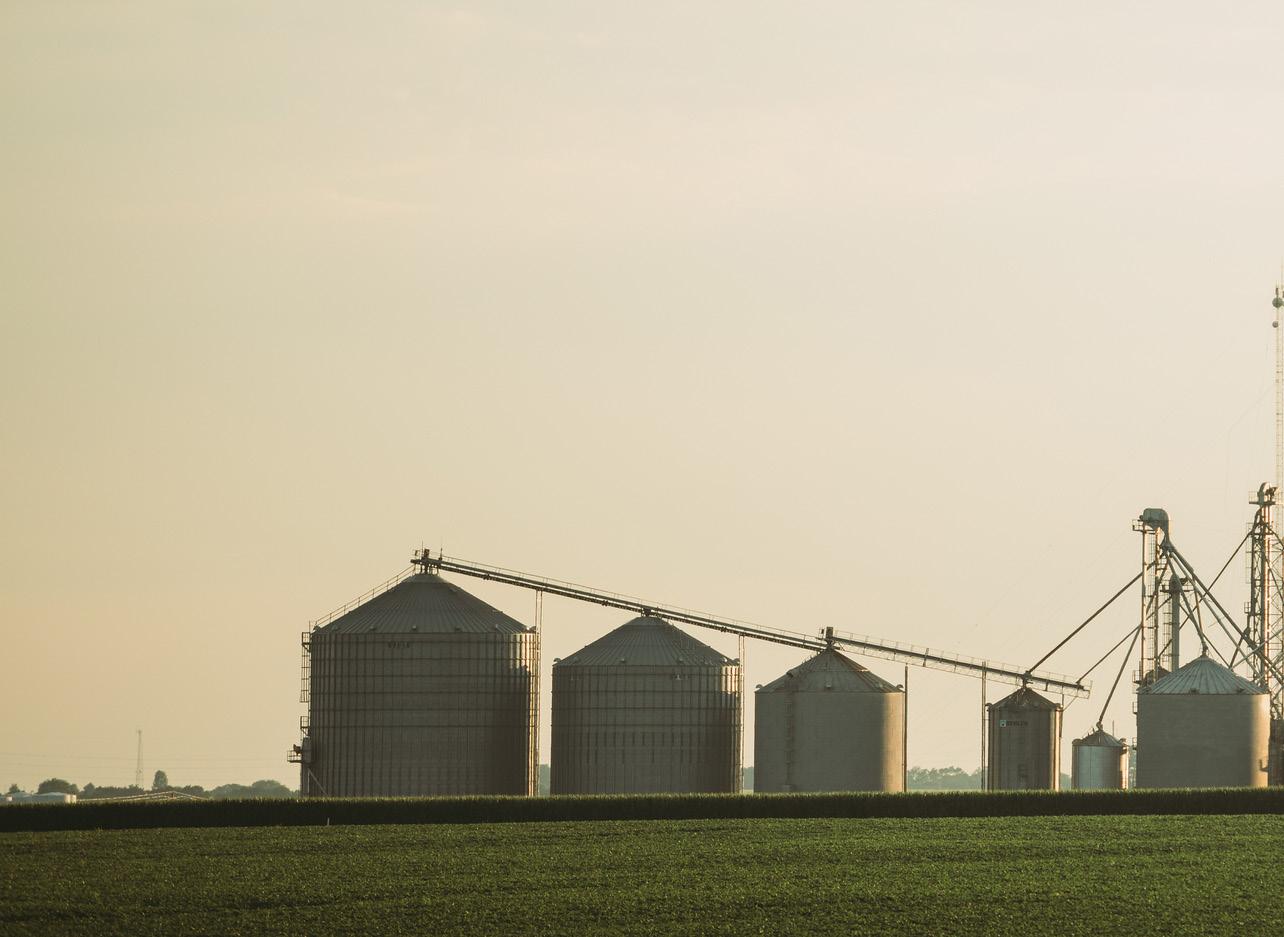
4 minute read
A Farmer-First Approach to Conservation
By Claire Weinzierl
In December of 2020, the Illinois Soybean Association joined Illinois Corn Growers Association in its efforts to better understand on-farm conservation practices and the financial implications of their adoption via the Precision Conservation Management (PCM) program.
PCM is a farmer service program created by farmers, for farmers, to evaluate management risks associated with adopting conservation decisions. PCM helps participating farmers identify the conservation practices that are the best “fit” for their unique farming operations by weighing the value of the practice from an environmental outcomes perspective against the labor, time, and financial costs of practice adoption.
With fertilizer costs skyrocketing over the past year, minimizing nitrogen costs for corn production could mean the difference between profit and loss in coming years.
Nitrogen application rates greater than the Maximum Return to Nitrogen (MRTN) never result in higher average profitability for corn production on high SPR soils in PCM’s regions, even when it results in additional yield. Based on PCM’s dataset, we recommend that farmers consider applying between 160 and 195 total pounds of nitrogen per acre on high productivity soils in Illinois for corn production.
Applying most nitrogen in the fall is another nitrogen strategy that is consistently a least-profitable practice among PCM corn fields. Saving the additional cost of nitrogen stabilizer is another reason to consider applying nitrogen fertilizer in season, when possible.
PCM data demonstrates that applying nitrogen fertilizer in-season, either preplant or sidedress, within the MRTN range is consistently the most profitable nitrogen strategy for corn production.
Tillage
The past few years of PCM data has shown that the most profitable tillage system for corn grown on high-productivity soils in PCM’s regions is the 2-Pass Light Tillage class. The second tillage pass with a light piece of tillage equipment, like a cultivator or vertical-till implement, produced enough additional corn to pay for itself.
But a second pass with a heavier tillage implement did not produce enough extra corn to be more profitable than using a single tillage pass.
It’s important to note that, on average, more than two tillage passes are never among the most profitable tillage systems for any crop in any year that PCM has analyzed to date.
PCM recommends that no matter your tillage management, consider one less pass this coming year. Among PCM’s most profitable corn and soybean fields, 1-Pass Light (a single pass with a light piece of tillage equipment) is the most common tillage strategy for corn production and no-till is the most commonly used strategy for soybean production. No-till and strip-till have the most significant positive environmental impact.

PCM Operations Manager Clay Bess reviews a RAAP report with PCM farmer Tim Mohr, Allerton. PCM specialists work one-on-one with PCM farmers to guide them in their conservation practice implementation and suggest improvements or changes to the conservation plan year-over-year.
Cover Crops
PCM continues to promote cover crops because the practice has the most positive impact on reducing nutrient losses, soil erosion, and greenhouse gas emissions relative to other conservation practices, which are important issues today and will continue to be in the future.
Investing in soil health is one of the best opportunities for Illinois farmers to become more resilient and better able to handle intense rainfall events. Healthy soils can absorb and retain moisture, resist compaction, and offer a buffer to significant weather events that will benefit Illinois farmers.
Here For You
PCM staff are passionate about advancing on-farm conservation practices while maintaining profitability and are eager to assist farmers one-on-one in their efforts.
“I am truly honored every day to be a part of a program that strives to effect positive change on the environment, while also addressing the number one challenge farmers face when making conservation-based changes on their farm, which is the impact on their bottom line,” says PCM Director Greg Goodwin. “I couldn’t be more excited to help advance the mission of this program, and to continue to build on the amazing work ICGA and ISA are accomplishing together.”
Please contact your local PCM specialist to hear about our conservation practice incentive programs, and consider applying for a cover crop cost-sharing opportunity like - IL Corn’s cover crop coupon - and try the practice on a few acres.
For more information about PCM and to view the full data summary report, visit precisionconservation.org.









